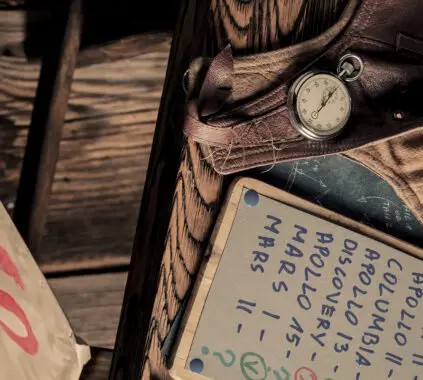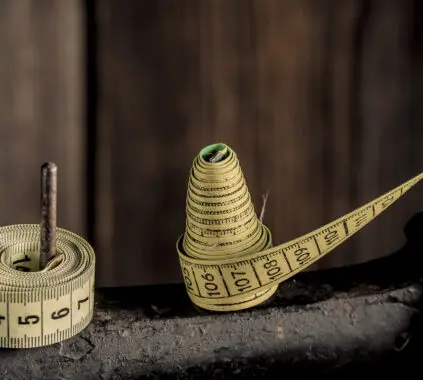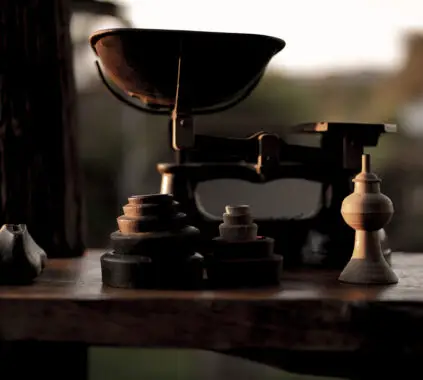The Scene: The Creative Block That No One Talks About
You sit down to create. The ideas were just there—buzzing, exciting, endless.
But now?
Your mind goes blank.
Everything you try feels… off.
Suddenly, scrolling sounds like a great idea.
You call it a creative block.
But what if it’s not?
What if the problem isn’t a lack of creativity—but a lack of creative stamina?
Because here’s the truth:
Creativity isn’t about waiting for inspiration. It’s about training your brain to stay inspired.
And the best creatives?
They don’t wait for the spark—they build the conditions where the spark never dies.
Here’s how.
Why Your Brain “Loses” Creativity (The Science of Stuck)
Most people think creativity is an unlimited resource.
But in reality?
Creativity functions like a muscle.
If you don’t train it, it gets weaker.
If you overuse it without recovery, it burns out.
If you don’t challenge it, it gets lazy.
And the #1 reason people feel “stuck”?
They haven’t trained their brain to sustain long-term creative thinking.
But the good news?
You can build creative stamina—so inspiration isn’t something you chase, but something you control.
– Lauren Janeen
The Experiment: 3 Ways to Train Your Brain to Stay Inspired
1. The Curiosity Expansion Trick
Most people kill creativity by only consuming content inside their field.
- Designers follow designers.
- Writers read the same kinds of books.
- Creators repeat the same trends.
This creates an “idea loop”—where everything feels recycled instead of fresh.
The Fix: Curiosity Expansion
Expose yourself to at least one new, unrelated creative source every week.
- If you’re a writer, study architecture.
- If you’re a designer, learn about psychology.
- If you’re a marketer, explore ancient storytelling methods.
The broader your inputs?
The more original your outputs.
Creativity thrives when your brain makes unexpected connections.
– Lauren Janeen
2. The “Bad Idea” Training Method
The best way to unstick your creativity? Train yourself to generate bad ideas on purpose.
Most people get stuck because they’re trying to be right too soon.
But the best ideas often start as the weird, chaotic, “this makes no sense” kind.
The Fix: Try the bad ideas FIRST.
- Set a timer for 3 minutes and generate the worst ideas possible.
- Force yourself to come up with 10 terrible concepts.
- Then, pick one and ask: “How could I make this actually work?”
This removes perfectionism.
It forces brainstorming without fear.
It unlocks unexpected creative angles.
Because “bad” ideas often lead to brilliant ones—you just have to let them exist first.
3. The “Creative Sprints” Method
Most people lose momentum because they work on creativity for too long at a time.
Creativity works best in focused bursts—not marathon sessions.
The Fix: Train your brain with short, high-intensity creative sprints.
- Set a 10-minute timer.
- Go all-in on one creative task—no stopping, no distractions.
- When time’s up, walk away (even if you’re mid-flow).
This trains your brain to enter creativity faster.
It prevents overthinking and burnout.
It builds consistency—so you create every day, not just when you “feel like it.”
Creativity isn’t about working harder—it’s about working smarter.
The Final Lesson: Creativity is a Skill, Not a Mood
The most successful creatives aren’t the ones with the “best” ideas.
They’re the ones who know how to keep generating ideas—even when inspiration fades.
- They don’t rely on motivation.
- They don’t wait for perfect conditions.
- They train their brains to be creative on command.
Because the truth is? Creativity is both a gift and a skill.
And like any skill—
The more you train it, the more unstoppable you become.
Your Challenge This Week
- Try one of the three creativity training methods.
- Notice how it shifts your ability to generate ideas.








